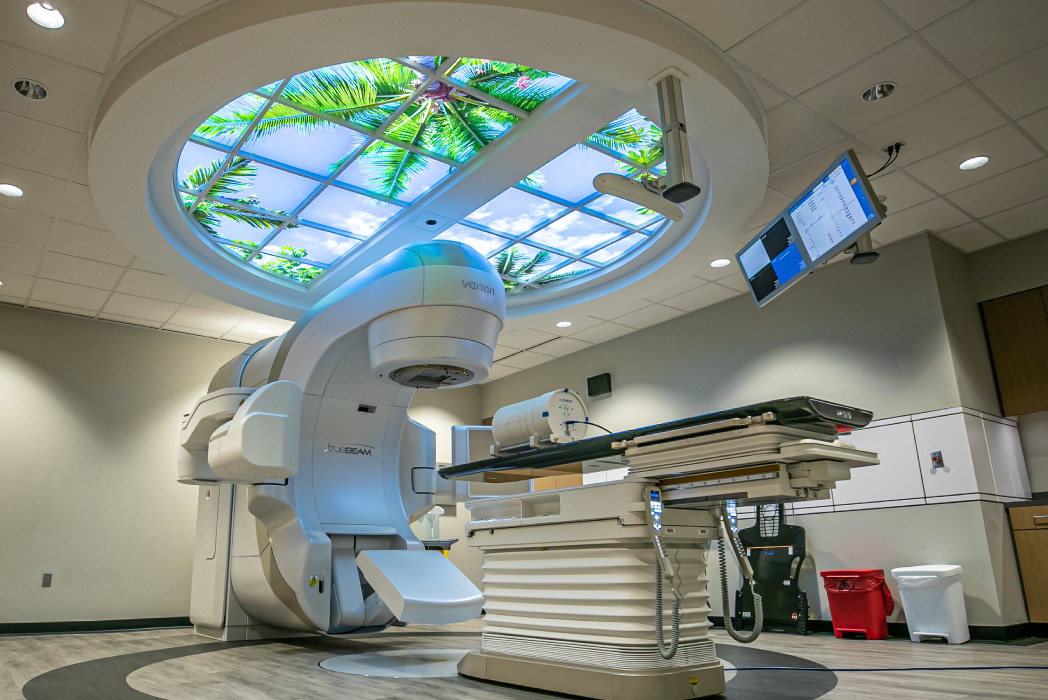
Central Alabama Radiation Oncology delivers treatment using the most sophisticated and modern technology of its kind in Alabama. State-of-the-art machinery combined with advanced computer technology and specialized software help ensure the best results.
LINEAR ACCELERATORS
Radiation therapy is delivered using Varian Medical Systems’ TrueBeamT™ and Clinac® 21IX linear accelerators. The TrueBeamT™ provides advanced imaging and motion management technologies that target tumors with pinpoint accuracy allowing shorter treatment times. Many types of cancer, including complex cases where a tumor is located in the lungs, breast, liver, abdomen, head or neck are treated with this machine. The Clinac® 21IX delivers exact doses to the patient in the lowest number of monitor units without sacrificing efficacy. Other innovative features include the highest resolution multileaf collimator to treat even the smallest lesions and technically precise beam control for minuscule accuracy in radiation delivery. Some of our technologies include:
RADIATION TREATMENTS
Radiation therapy applies high levels of radiation to kill cancer cells or keep them from growing and dividing while minimizing damage to healthy cells. Radiation therapy is delivered in many different ways depending upon the type of cancer and the stage of treatment. The following are the types of radiation treatment we provide:





